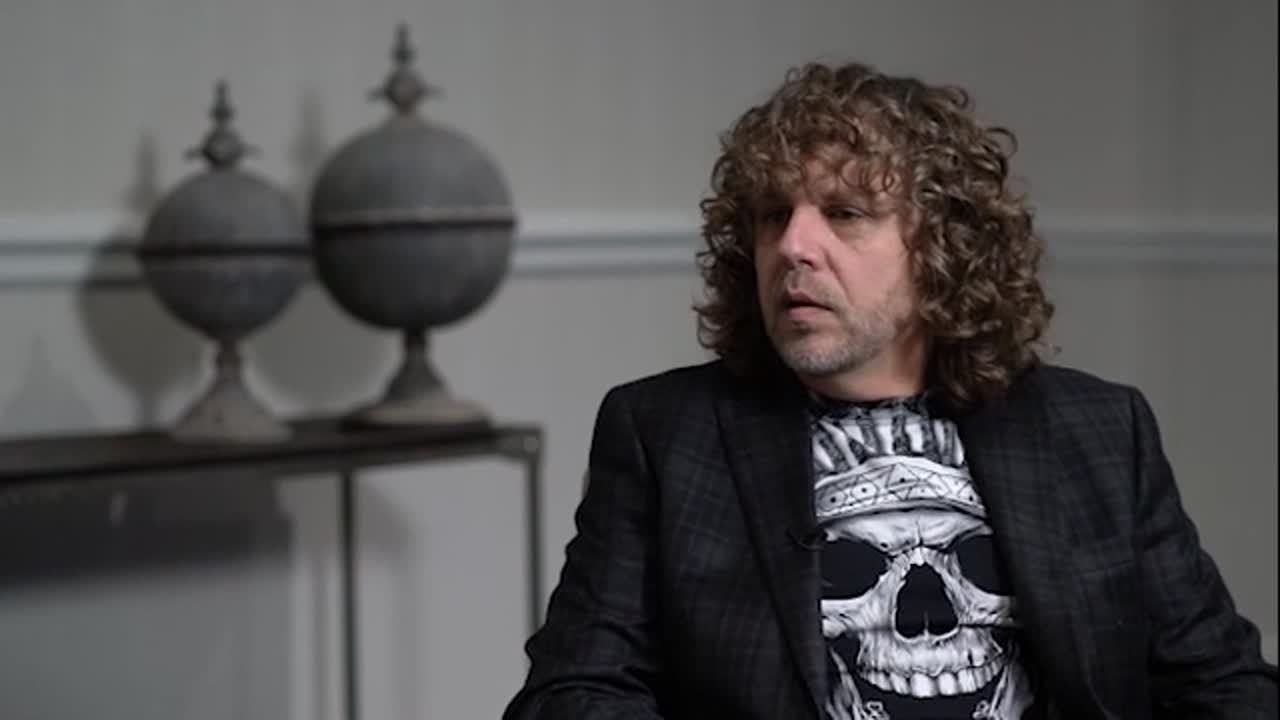This blog is part of a video interview series. Check out the video below as well as links to other supply chain practitioner and Kinaxis executive interviews.
It's no exaggeration to say that supply chain planning is seeing a revolution, says Jack Noppe, chief technology officer at Kinaxis. Now, no function or department has to plan in the dark or without knowledge of how a plan affects others in the supply chain. Traditional supply chains planned in isolation because plans took place independently within each function. RapidResponse, the planning platform from Kinaxis, enables what the company calls concurrent planning. In other words, all functions plan in concert now. "That allows them to get better outcomes for the business and make decisions faster," says Noppe. The software’s single platform enhances end-to end-supply chain management for a number of reasons, not least that data from every source is made available much more quickly than before, Noppe says. "At the end of the day, it comes down to how much information you have when you need to make decisions, and how fast you can understand the impact of decisions."

The traditional planning model made it difficult to communicate between people managing different functions. "That communication was by phone or email because the systems they used weren't connected well. But putting everything in a single platform, all the data is connected that drives all of those decisions. But it also drives all of the processes and the relationships." "The impact of everything that moves through the supply chain is understood better. By having a single-platform supply-chain planning module, customers can understand the impact of decisions, not just from their outcomes but from the outcomes of other functions in their organization as a whole." That's key, Noppe says, because the very word "plan" implies an assumption about how the future will behave. "But every day there are unforeseen events that impact the plan. The ability to get lead indicators of events that might impact the plan, and the ability to respond immediately, improves your likelihood to prevent that customer from being disappointed." "The sooner you can identify that something in the future will deviate from your best plan, the sooner you can respond, take the necessary corrective action and prevent something negative from having a negative consequence."
Check out the other video interviews in this series:
- [Video] Xilinx: Fight the urge to be precise – How supply chain technology is helping Xilinx
- [Video] Keysight Technologies: Improving production planning efficiency
- [Video] Kinaxis – Revolutionizing supply chain planning
- [Video] Ford Motor Company: Creating global data standards with SCM software
- [Video] Sanofi Genzyme trends in pharmaceutical supply chains
- [Video] Adapting supply chains to the digital phase of business
- [Video] Supply chain centers of excellence and customer success
- [Video] Roland DG: Transforming its sales and operations planning process
- [Video] Digital Technology and Strategies for Effective Knowledge Sharing





Leave a Reply